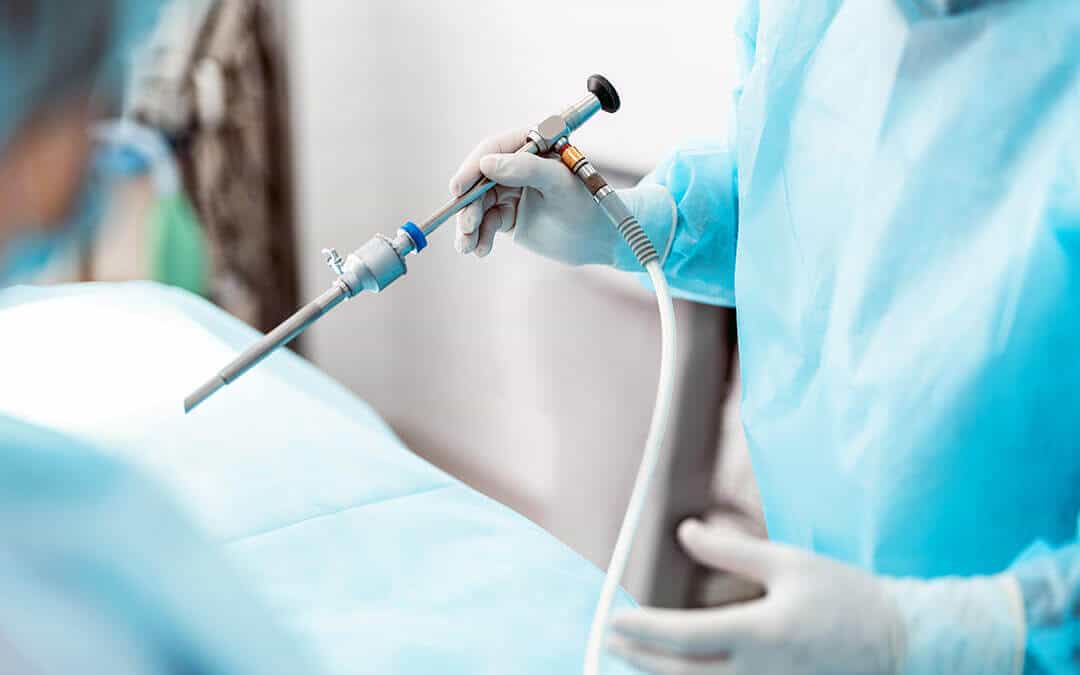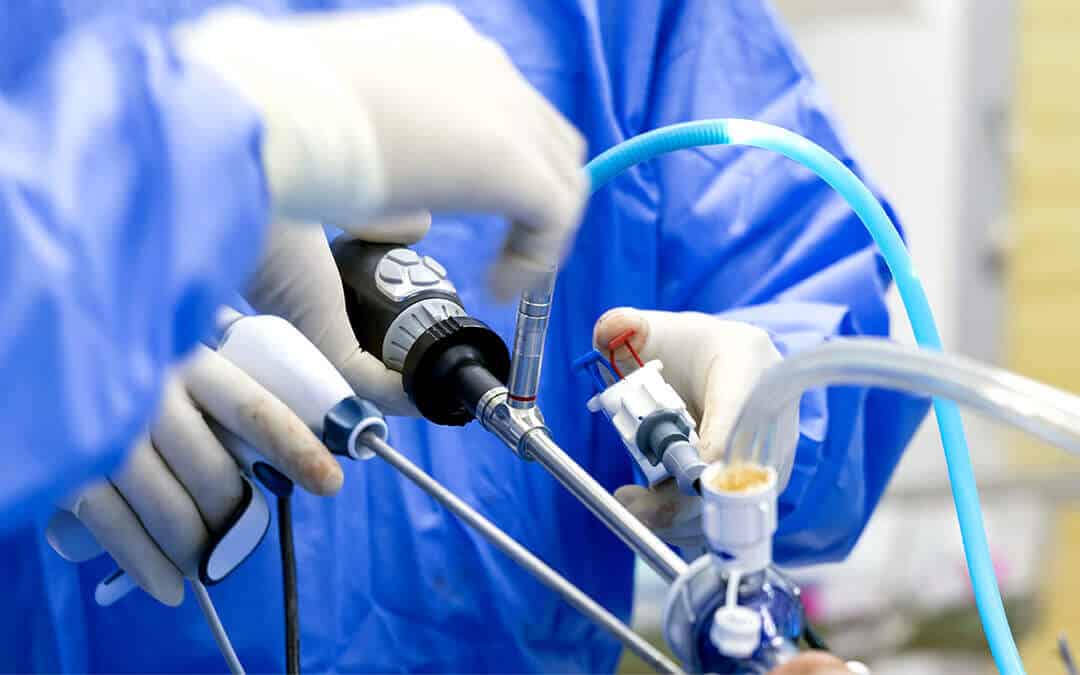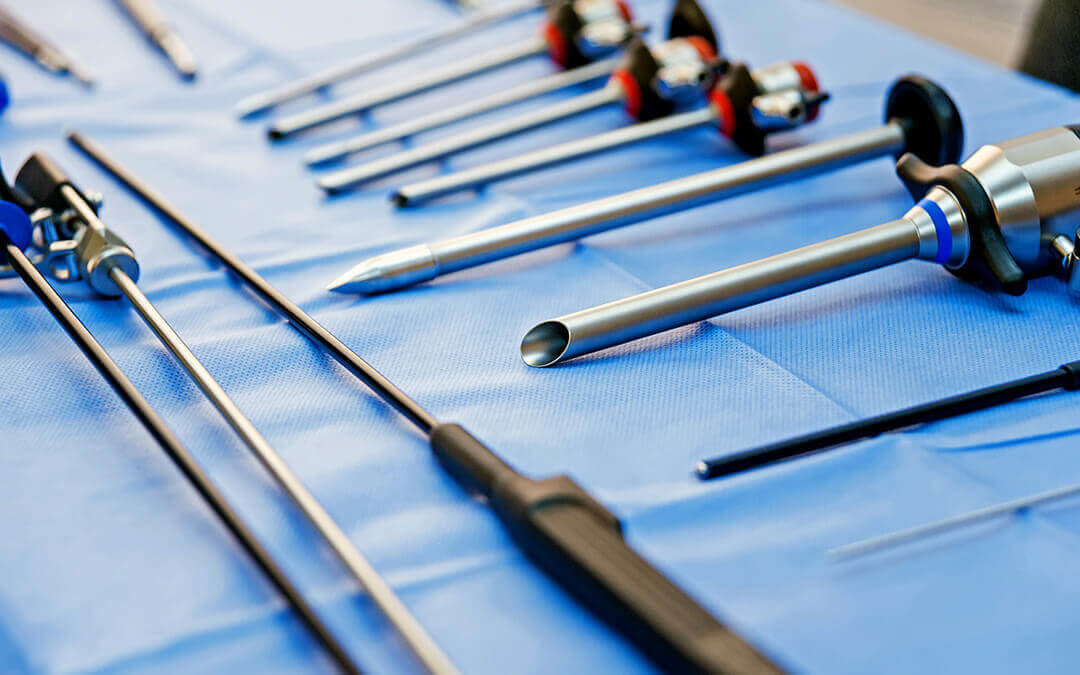Surgery is never fun. Tough on the body and often difficult to perform, surgery can leave both patients and doctors tired. But with modern medical advancements, major improvements have been made to what used to be super invasive surgeries, like the use of carbon dioxide in laparoscopic surgery.
What Is Laparoscopy?
Laparoscopy (also called keyhole surgery) is a type of surgical procedure commonly used for the diagnosis and treatment of conditions in the abdomen or pelvis. This procedure can be used to remove a damaged or diseased organ, biopsy tissue and more, including:
- Gynecology procedures
- Gastroenterology procedures
- Urology procedures
Laparoscopies are done using an instrument called a laparoscope. This tool comes equipped with a light source and a camera that relays images to a monitor that allows a surgeon access to the body without having to make large incisions. As a minimally invasive surgery, laparoscopy provides several advantages over traditional surgery, including:
- Faster recovery time
- Less pain after the operation
- Reduced scarring
- Can be performed under general anesthetic
What Happens During Laparoscopy

During laparoscopic surgery, the surgeon makes a small incision (0.4 to 0.6 inches) near the belly button. A tube is then inserted through the incision, and gas is pumped in to inflate the abdomen, which allows the surgeon to see the organs more clearly and gives them more room to work. Then, a laparoscope is inserted through this tube, which gives the surgeon a clear view of the whole area. When used for surgical treatment, the surgeon will guide small instruments through these incisions using the view from the laparoscope.
Most laparoscopic procedures can be performed quickly, with a diagnosis procedure lasting only 30–60 minutes. Coupled with a fast recovery time and minimal hospital stay, laparoscopic procedures have become the go-to for many medical issues. But part of the reason why these procedures are so easy is due to the use of carbon dioxide (CO2).
Why Is CO2 Used?

Colorless, non-flammable, inexpensive and safe, carbon dioxide (CO2) is used for insufflation (or inflating the body) during laparoscopic surgeries. Part of why CO2 is used is because it has a much higher blood solubility than air (about 22 times more!), meaning that it provides similar effects as other gases, but without major medical complications. As such an effective gas, CO2 also comes with very few side effects, meaning patients can get back to their daily lives quicker.
Because of its beneficial qualities, carbon dioxide is often part of other minimally invasive surgeries including endoscopies and arthroscopies. By using medical-grade CO2 to enlarge and stabilize body cavities during these types of procedures, surgeons have better visibility of the surgical area, allowing for unmatched controlled and improved cutting techniques, which in turn lead to an overall improved and safer surgical experience.
If you’re looking to add laparoscopic offerings to your medical practice or surgical procedures, CalOx can provide you with the carbon dioxide needed to make the procedure a success. At CalOx, we provide standard and custom gas mixtures of medical-grade carbon dioxide, as well as everything you need to safely store and use CO2. However your Southern California business uses carbon dioxide, CalOx is here to help. Contact us today for a free quote!
Sources:
https://www.nhs.uk/conditions/laparoscopy/what-happens/#:~:text=During%20laparoscopy%2C%20the%20surgeon%20makes,inflate%20your%20tummy%20(abdomen).
https://www.bochealthcare.co.uk/en/products-and-services/products-and-services-by-category/medical-gases/carbon-dioxide/medical-carbon-dioxide.html
